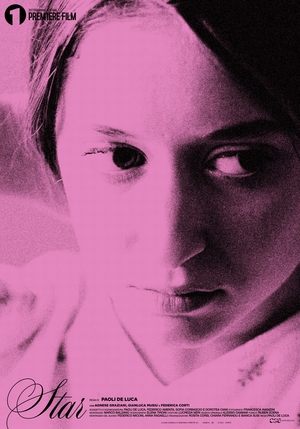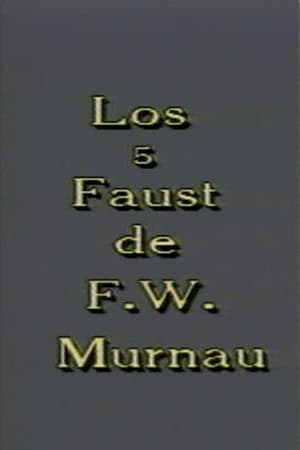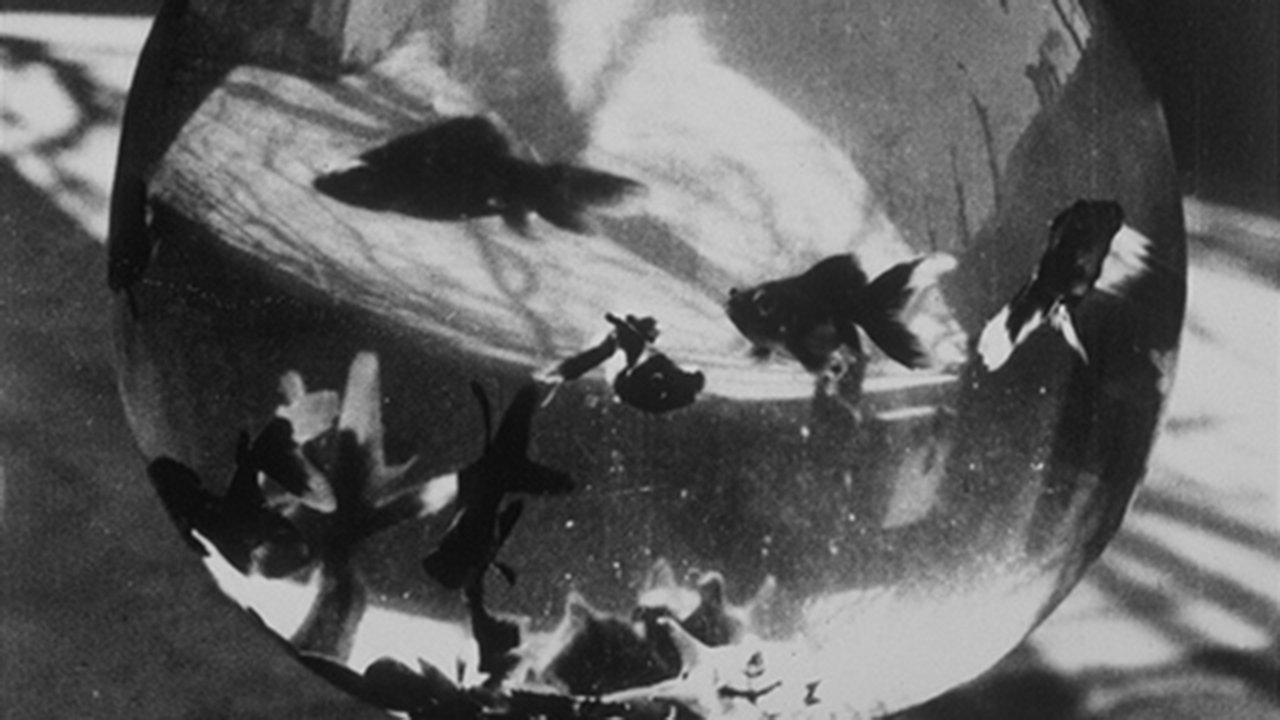

Bocal aux poissons rouges(1897)
[…] by shooting the fish in a globular bowl, the Lumières effectively use a fisheye lens, which offers distortions. The history of cinema has witnessed a struggle between the objective and subjective camera and the optically distorting lenses like the fisheye lens has been a powerful tool for the subjective camera. Here it is at the start.
Movie: Bocal aux poissons rouges

Bocal aux poissons rouges
HomePage
Overview
[…] by shooting the fish in a globular bowl, the Lumières effectively use a fisheye lens, which offers distortions. The history of cinema has witnessed a struggle between the objective and subjective camera and the optically distorting lenses like the fisheye lens has been a powerful tool for the subjective camera. Here it is at the start.
Release Date
1897-03-21
Average
5.1
Rating:
2.5 startsTagline
Genres
Languages:
No LanguageKeywords
Recommendations Movies
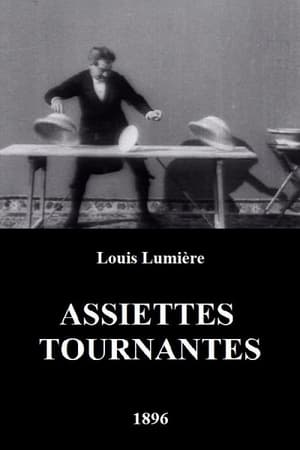 6.0
6.0Assiettes tournantes(xx)
Félicien Trewey, performing his spinning plates routine.
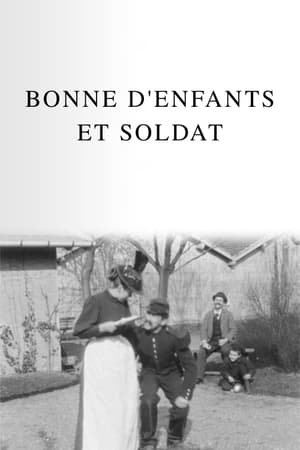 5.8
5.8The Nanny and the Soldier(fr)
A maid is out walking with her young charge when a soldier takes the boy's place.
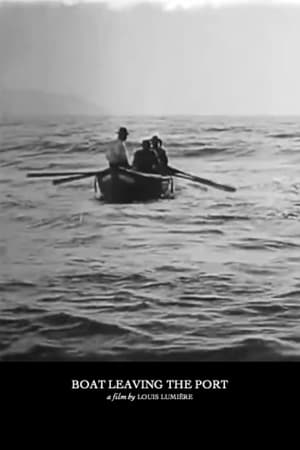 5.4
5.4Boat Leaving the Port(fr)
In very bad weather and a stormy sea, a small boat manned by two men is trying to leave the harbor of La Ciotat, while several people are watching them from the nearby pier.
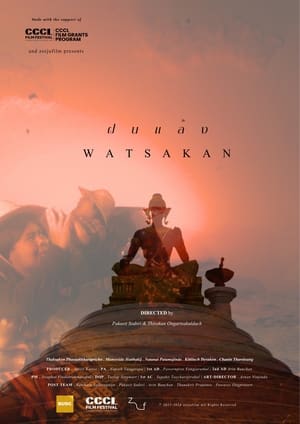 10.0
10.0WATSAKAN(th)
The village headman in the Isaan region of Thailand organizes the Bun Bang Fai festival to pray for rain from the rain god Phaya Thoen, addressing the issue of drought.
Pretty Bloody: The Women of Horror(en)
Pretty Bloody: The Women of Horror is a television documentary film that premiered on the Canadian cable network Space on February 25, 2009. The hour-long documentary examines the experiences, motivations and impact of the increasing number of women engaged in horror fiction, with producers Donna Davies and Kimberlee McTaggart of Canada's Sorcery Films interviewing actresses, film directors, writers, critics and academics. The documentary was filmed in Toronto, Canada; and in Los Angeles, California and New York City, New York in the US.
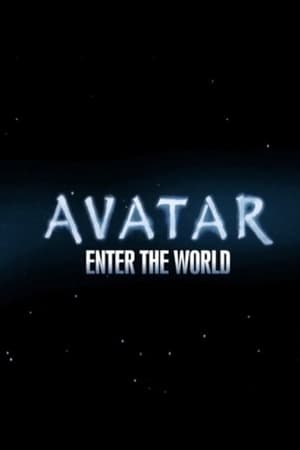 3.8
3.8Avatar: Enter The World(en)
A behind the scenes look at the new James Cameron blockbuster “Avatar”, which stars Aussie Sam Worthington. Hastily produced by Australia’s Nine Network following the film’s release.
 5.0
5.0Autistic Driving School(en)
A documentary about autistic driving students and the obstacle they face while learning to drive.
 9.5
9.5Ado: Campanella(ja)
This is Ado's first live video work, featuring all the songs from her legendary Saitama Super Arena concert held on August 11, 2022! Included are 24 songs in total, including her smash hits "Usseewa," "Odori," and "Shinjidai," as well as her favorite Vocaloid songs "Darling Dance" and "Zaneri".
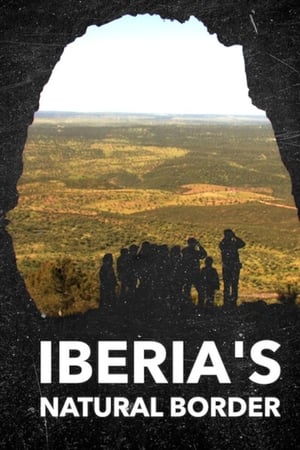 7.0
7.0Iberia's Natural Border(en)
The Tagus creates a natural border between Spain and Portugal — but instead of dividing the two countries, the river brings them together at its banks.
 5.5
5.5Kis Kis Ki Kismat(hi)
A brainless bimbo is mistaken as a famous miserly millionaire's mistress, the scandal is lapped up by the press and all hell breaks loose. To make matters worse, the millionaire's lazy, clueless son is romantically involved with the girl.
 5.0
5.0Ain't Nature Grand!(en)
Bosko fishes, and sings and dances with frogs. But two ladybugs use a wasp as an airplane, and a beehive and tree branch as a machine gun to drive him away.
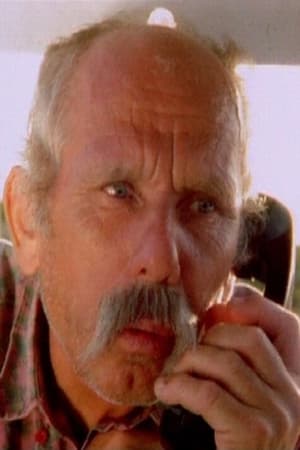 8.0
8.0Tolya(en)
On International Women’s Day, when all his fellow migrant workers call their distant wives, Tolya remains speechless as he calls his wife, Natasha. He can’t produce anything except a whistling mumble with his toothless mouth. Tolya is ready to give up on words, but not on his romantic message.
 7.0
7.0Love, Again(ko)
After an embarrassing divorce ceremony, Hyun-woo returns to the single life that he dreamed of and hopes to enjoy his freedom forever. Just six months later, his ex-wife Sun-young comes back into his life, but as the love interest of Sang-chul, an old friend from high school. Now he has to try and escape from her sudden return and avoid his friend who's keen on introducing his new love to his old friend.
 8.0
8.0Pulsar(fr)
"Pulsar" belongs to "The Angel Cycle" ("Le Cycle de l´Ange"). In this cycle of works we create bonds between the human body and astronomical bodies. Maria Klonaris´ improvised performance is a negative dance which lies between pleasure and catastrophe, a black and blue body language which grapples with the white of the screen and the luminous suddenness of a firework display.
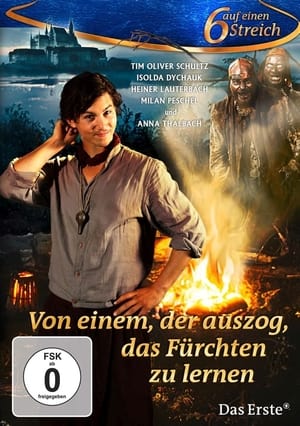 6.0
6.0Von einem, der auszog, das Fürchten zu lernen(de)
Once Upon a Time there lived a brave man, Michael, who was unaware what fear is. At the same time, Princess Elisabeth lived with her father, the king, in a makeshift tent city, because their castle was uninhabitable and haunted by ghosts, its treasure cursed. If he wants to know how to shudder, he should visit this Haunted Castle.
Similar Movies
 7.1
7.1Nanook of the North(en)
This pioneering documentary film depicts the lives of the indigenous Inuit people of Canada's northern Quebec region. Although the production contains some fictional elements, it vividly shows how its resourceful subjects survive in such a harsh climate, revealing how they construct their igloo homes and find food by hunting and fishing. The film also captures the beautiful, if unforgiving, frozen landscape of the Great White North, far removed from conventional civilization.
Clouds(en)
Clouds 1969 by the British filmmaker Peter Gidal is a film comprised of ten minutes of looped footage of the sky, shot with a handheld camera using a zoom to achieve close-up images. Aside from the amorphous shapes of the clouds, the only forms to appear in the film are an aeroplane flying overhead and the side of a building, and these only as fleeting glimpses. The formless image of the sky and the repetition of the footage on a loop prevent any clear narrative development within the film. The minimal soundtrack consists of a sustained oscillating sine wave, consistently audible throughout the film without progression or climax. The work is shown as a projection and was not produced in an edition. The subject of the film can be said to be the material qualities of film itself: the grain, the light, the shadow and inconsistencies in the print.
 7.1
7.1The Arrival of a Train at La Ciotat(fr)
A group of people are standing along the platform of a railway station in La Ciotat, waiting for a train. One is seen coming, at some distance, and eventually stops at the platform. Doors of the railway-cars open and attendants help passengers off and on. Popular legend has it that, when this film was shown, the first-night audience fled the café in terror, fearing being run over by the "approaching" train. This legend has since been identified as promotional embellishment, though there is evidence to suggest that people were astounded at the capabilities of the Lumières' cinématographe.
 7.5
7.5Berlin: Symphony of a Great City(de)
A day in the city of Berlin, which experienced an industrial boom in the 1920s, and still provides an insight into the living and working conditions at that time. Germany had just recovered a little from the worst consequences of the First World War, the great economic crisis was still a few years away and Hitler was not yet an issue at the time.
R. F. Outcault Making a Sketch of Buster and Tige(en)
Buster Brown creater R.F. Outcault sketches his creation. Part of the Buster Brown series for Edison film studio.
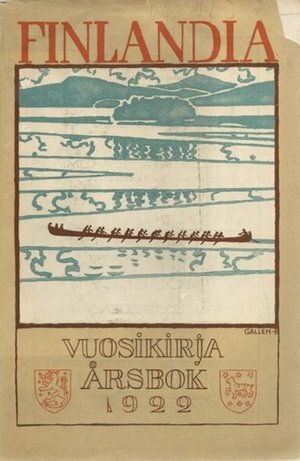 2.0
2.0Finlandia(fi)
A documentary from Erkki Karu, one of the earliest pioneers of Finnish cinema: This government-produced propaganda film introduces the nature, sports, military, agriculture and capital of Finland.
 4.3
4.3Performing Animals; or, Skipping Dogs(en)
A short black-and-white silent documentary film featuring one dog jumping through hoops and another dancing in a costume, which was considered lost until footage from an 1896 Fairground Programme was identified as being from this film.
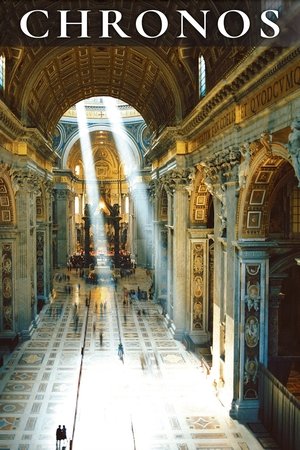 7.5
7.5Chronos(en)
Carefully picked scenes of nature and civilization are viewed at high speed using time-lapse cinematography in an effort to demonstrate the history of various regions.
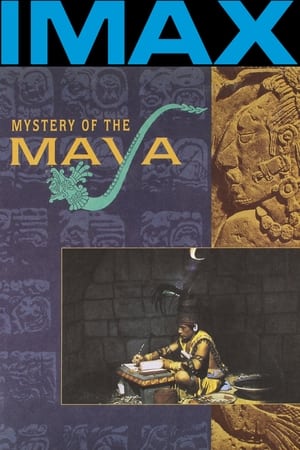 4.1
4.1Mystery of the Maya(en)
Filmed in IMAX, a young Mayan boy who lives close to the ruins becomes acquainted with an archaeologist (Guerra) and asks her to tell him about his ancestors. The crew travelled to over 15 locations in Mexico and Guatemala, including Tulum and Chichén Itzá.
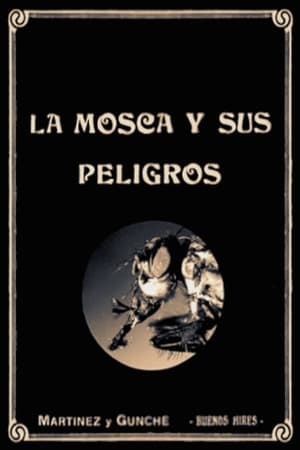 5.4
5.4The Dangers of the Fly(es)
The Dangers of the Fly is an educational film made by Ernesto Gunche and Eduardo Martínez de la Pera, also responsible for Gaucho Nobility (1915), the biggest blockbuster of Argentinean silent cinema. De la Pera was a talented photographer, always willing to try new gadgets and techniques. This film experiments with microphotography in the style of Jean Comandon's films for Pathé and it is part of a series which included a film about mosquitoes and paludism and another one about cancer, which are considered lost. Flies were a popular subject of silent films and there are more than a dozen titles featuring them in the teens and early twenties.
 6.6
6.6Everest(en)
An international team of climbers ascends Mt. Everest in the spring of 1996. The film depicts their lengthy preparations for the climb, their trek to the summit, and their successful return to Base Camp. It also shows many of the challenges the group faced, including avalanches, lack of oxygen, treacherous ice walls, and a deadly blizzard.
 5.9
5.9Extreme(en)
EXTREME is a visually stunning 45-minute journey into the soul of adventure featuring a cast of world champion athletes. Combining incredible extreme sport action with narration from the athletes and an eclectic, contemporary soundtrack, EXTREME explores the paradox of human nature: facing fear from the edge of life.
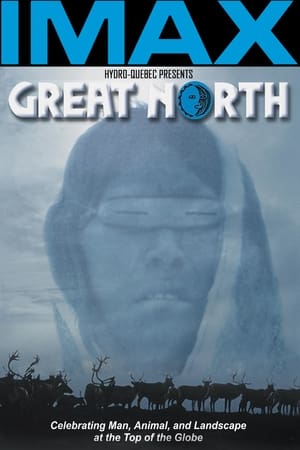 5.8
5.8Great North(en)
This film takes viewers through the rich, white majesty of the Inuit Great North. Along with doing justice to the breathtaking and awesome landscape of the freezing, snow-covered environment, Great North also looks into the long-standing traditions, such as fishing and hunting, of the Inuit tribes.
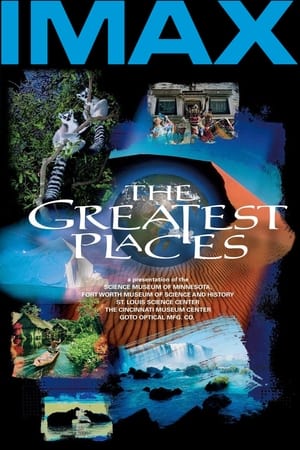 5.3
5.3The Greatest Places(en)
A journey to seven of the most geographically dynamic locations on earth. The film features spectacular land forms, diverse wildlife and the people and cultures indigenous to these places. Distinct geographic places include the great island of Madagascar, home to unique limestone pinnacles and the playful lemur; and the greatest desert—the Namib—home of the largest sand dunes in the world that tower majestically over its western border, the Atlantic Ocean. Other locations featured are the great icecap of Greenland, Iguazu Falls in Brazil, the Okavango Delta in Botswana, the Chang Tang Plateau in Tibet, and the Amazon River in South America.
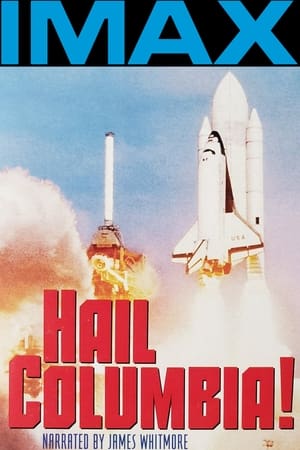 7.3
7.3Hail Columbia!(en)
The maiden voyage of Columbia, the first space shuttle, is recounted with footage shot on the ground and in space.
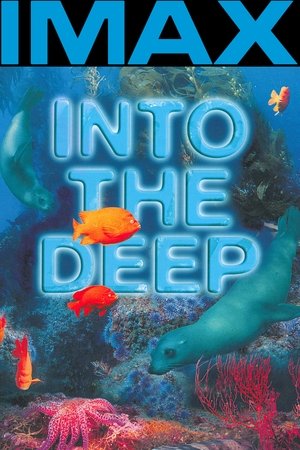 5.1
5.1Into the Deep(en)
An underwater exploration beneath kelp forests in the Pacific Ocean off the coast of Southern California. The film captures the birth of a shark, squids mating, a lobster molting, a fish protecting its nest from an octopus and a sea urchin, and the sea bed covered with brittle stars.
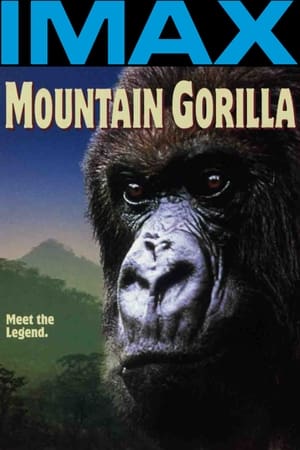 7.0
7.0Mountain Gorilla(en)
Mountain Gorilla takes us to a remote range of volcanic mountains in Africa, described by those who have been there as ""one of the most beautiful places in the world"", and home to the few hundred remaining mountain gorillas. In spending a day with a gorilla family in the mountain forest, audiences will be captivated by these intelligent and curious animals, as they eat, sleep, play and interact with each other. Although gorillas have been much-maligned in our popular culture, viewers will finally ""meet the legend"" face to face, and learn about their uncertain future.
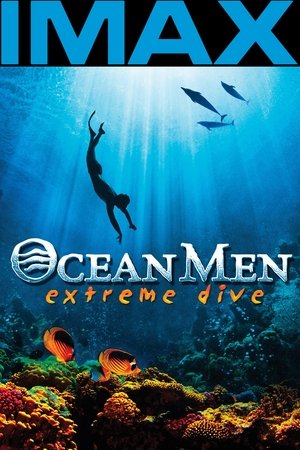 6.7
6.7Ocean Men, Extreme Dive(en)
For more than 10 years, world champion freedivers Pipin Ferreras and Umberto Pelizzari have been vying for world records. Their love of the sea without compromise is what unites these two rivals. However, it is their different personalities and opposing diving philosophies that separate them. Pipin is the "No Limits" man who wants to go deeper and deeper. Umberto, the purist, seeks harmony in the ocean's depth. Ocean Men takes you into the world of these two awe-inspiring freedivers through the use of breathtaking underwater photography, enchanting music, and insightful animation.


